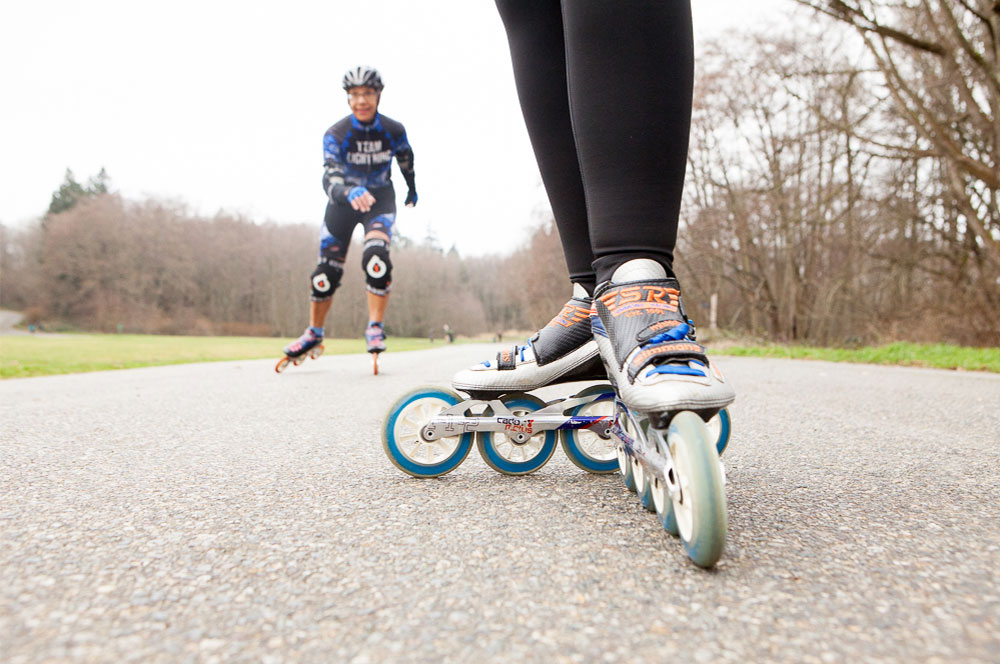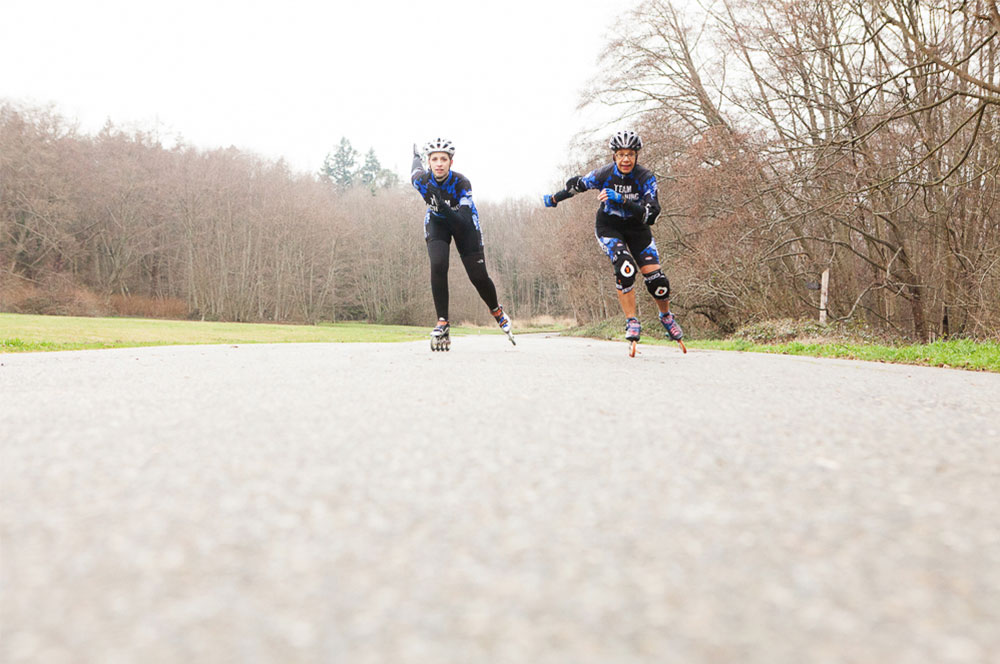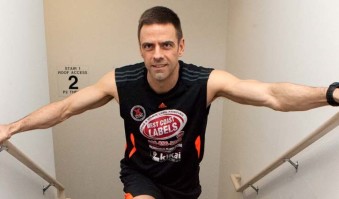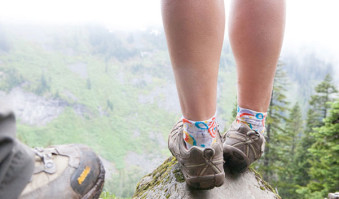Anyone who has ever watched a speed skating competition knows that skaters are in amazing shape. Taking fast laps around the rink requires considerable core, upper and lower body strength, and it shows.
“Skating is a load-bearing sport, which makes it good for maintaining bone density, and it’s easier on your joints than sports like running,” says veteran speedster Amber Randall.
So go ahead and channel your inner Apolo Ohno. Here’s how to break into — and benefit from — the sport of speed skating.

Find the format that’s best for you
With so many skating disciplines, including ice, inline, long track, short track, indoor, outdoor, sprints and marathons, available, there is really something for everyone.
“You can race other people or just work toward improving your own time,” Randall says. “There are also no age limits — I’ve skated with kids as young as three and veterans who are well into their 80s.”
Seek out a coach or team to work with
Speed skating is an easier sport to learn, but it can take years to master.
“Focus on proper technique when starting out, so you don’t have to unlearn bad habits later,” Randall suggests.
Also look for beginner-friendly groups to help get you started.
Wear skates that fit properly
While you don’t necessarily need real speed skates to learn the sport (recreational inline skates or quads – regular skates with four wheels – are fine), it is important that they fit your feet properly to maximize control and minimize unnecessary motion and friction. Randall recommends getting fitted properly at your local skate shop before getting started.
Start with a warm-up
Start out with about 10 minutes of easy skating to get your muscles loosened up. Then stretch your quads, hamstrings, calves, glutes and hip flexors.
Bend your knees
While you skate, maintain an athletic stance with your knees bent for maximum leg extension.
“This also allows for quick weight shifting without losing your balance or stability,” Randall says.
Do a few drills
“We always follow our warm-up with a combination of technique and endurance drills, followed by racing and relays for speed building,” says Randall.
A sample speed building drill includes a 20-second sprint followed by a 10-second recovery, and repeating it five times.
Cool down
End your practice with some easy skating and stretches. The Figure 4 Stretch hits a lot of the larger muscle groups, like your glutes and hips, which you’ll need to stretch after just about any speed skating workout.
Watch and learn
Randall suggests you pay close attention to speed skating competitions. Many professional team members are former inline skaters, and you may hear the commentators discussing the sport and highlighting proper techniques to follow.
Tags: Ariana Kukors, winter sports




